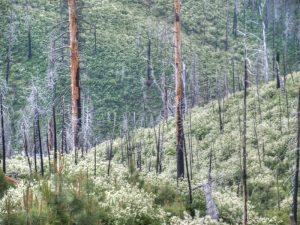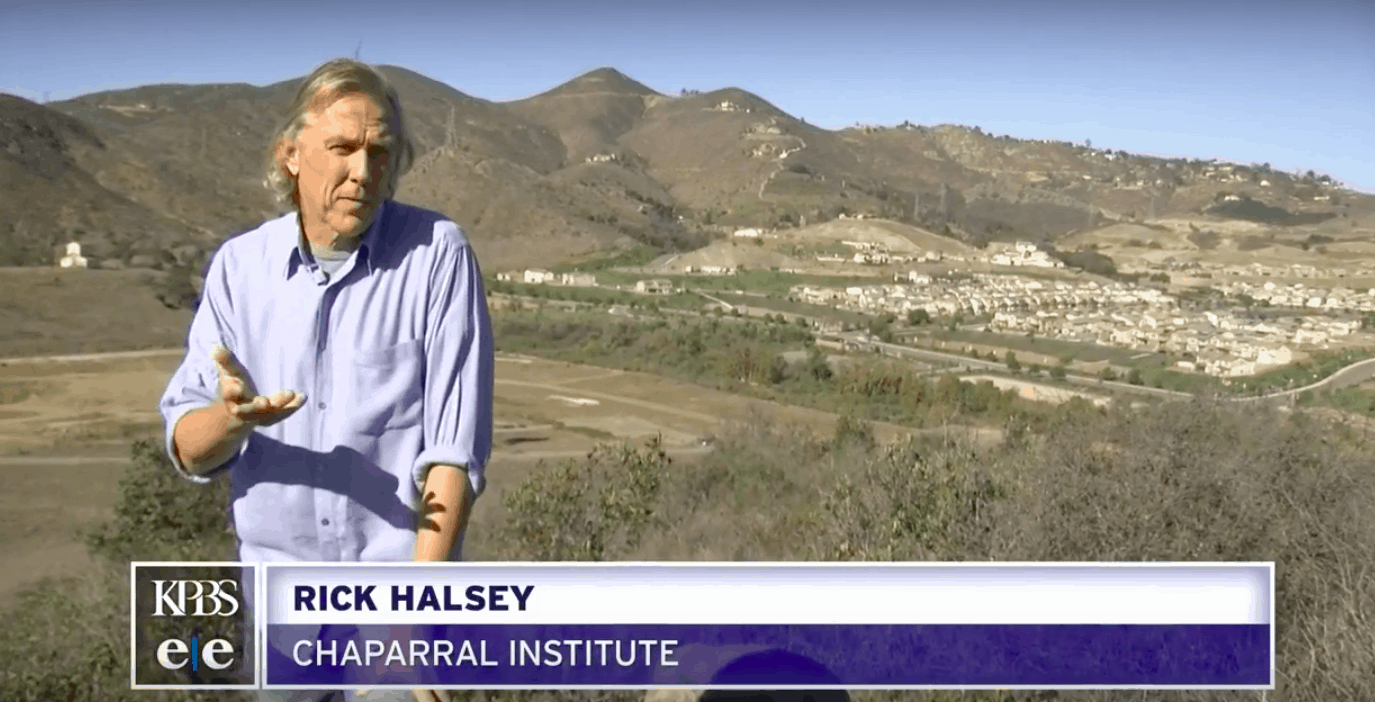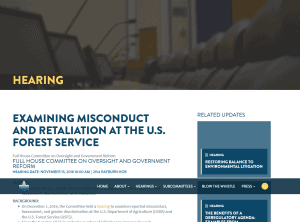Forest Service summaries: Litigation Weekly Nov 16
(New case.) Environmental groups challenge the Rico-West Delores Roads and Trails Management Project on the San Juan National Forest regarding effects on elk. (D. Colo.) (A lawsuit by motorized users was filed earlier and described here.)
(New case.) Environmental groups challenge the Kilgore gold mining exploration project, allowing ten miles of new roads and 140 drill stations, and its environmental assessment on the Caribou-Targhee National Forest. (D. Id.)
Blogger’s Bonus
The plaintiff is a grazing permittee seeking to enjoin the Forest Service from enforcing certain livestock grazing management standards against Plaintiffs’ grazing operations on a grazing allotment within the Beaverhead-Deerlodge National Forest. The court looked only at the question of irreparable harm that would occur to Plaintiffs prior to resolving the case, found none and denied the injunction.
This was introduced as a new case here. Regarding my comment about granting Plaintiffs’ relief, the Forest did reinstate grazing privileges, but the parties still disagree about the appropriate annual use levels incorporated into existing permits.
The Cove Fire Salvage and Restoration Project would remove fire-damaged trees on the Modoc National Forest, which is proceeding under an “Emergency Situation Determination.” On October 30 the court denied a preliminary injunction motion involving compliance with the Sierra Nevada Forest Plan Amendment requirements for northern goshawks and riparian areas. It held that the project was consistent with guidelines that permit salvage harvest after “stand replacing” events, and that require surveys as part of project planning, and it held that guidelines do not require remapping of goshawk habitat in the project area. The court found the Plaintiff has “some likelihood of success” regarding effects on the Modoc sucker, a recently delisted fish species, and regarding the “hard look” required by NEPA.
However, the court was not impressed with Plaintiff’s arguments that it would be irreparably harmed by the project. It distinguished the many precedent cases that had established a fairly low bar associated with environmental harm, including implying that such harm is only associated with “the logging of healthy mature trees.” In balancing the equities and the public interest, the court placed significance on “hazardous roadside trees that pose a risk of falling within the next five years,” and the “interest in mitigating the intensity and severity of future fires, increasing ecosystem resilience.”







